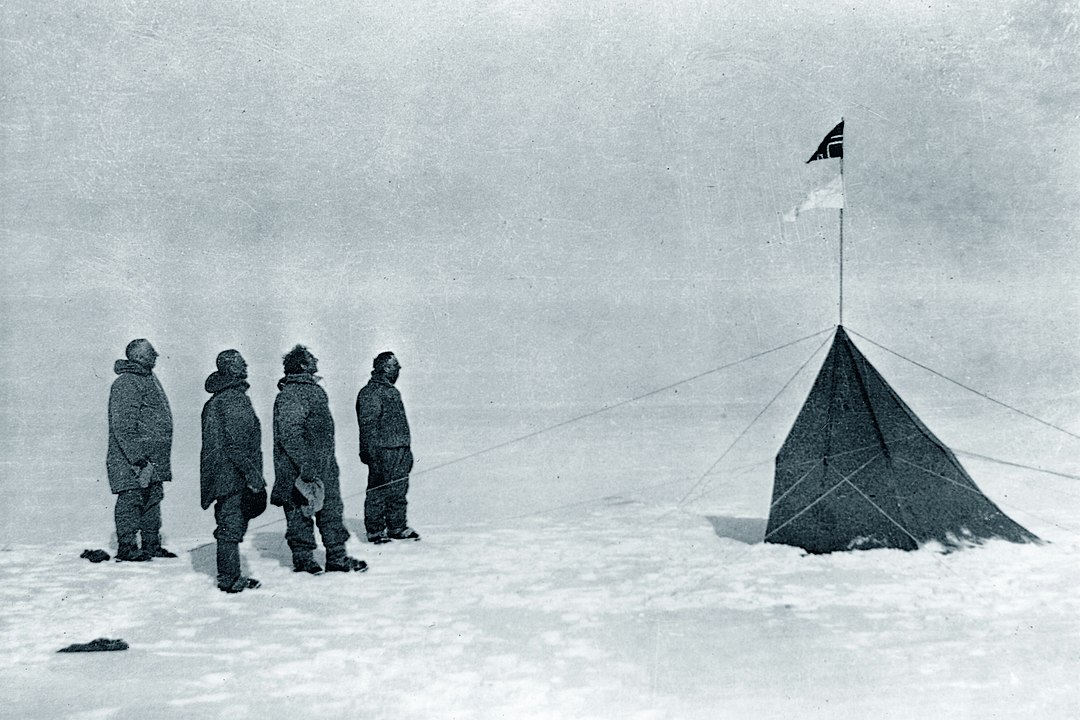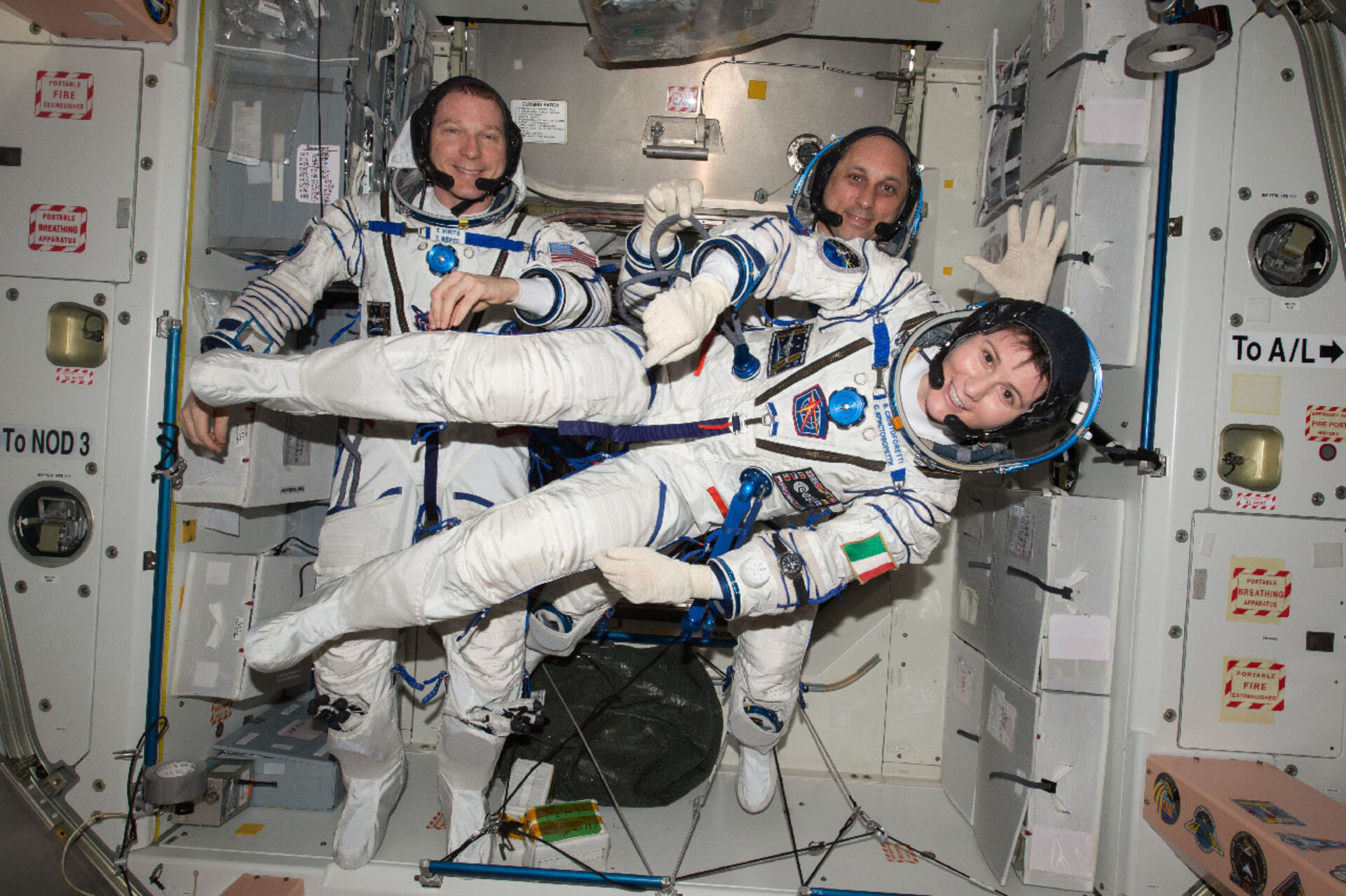Social psychology of past polar exploration
Project overview


Good team interactions and crew morale are critical to the success of human spaceflight missions; this importance will only increase in future missions to the Moon and Mars. Data for the study of these aspects (astronaut journals, mission logs, etc.) is however thin and difficult to obtain. Polar expeditions and bases offer a good analog for astronaut social psychology thanks to commonalities such as isolation from society, confined living conditions, long duration, and dangerous environments. Furthermore, data from these expeditions is more populous and easily available.
In this project, we will parse through journals, logs and similar data from past polar exploration in order to extract observations useful to the study of the social psychology of future human spaceflight. We will do this by using Behavioural Sequence Analysis (BSA), a method previously applied to the study of complex social processes. In BSA, behaviors observed in the data are first categorized manually, then analyzed statistically to find transitions between them that are occurring significantly above the level of chance. In this way e.g. sequences of interactions that lead to problematic outcomes, and the responsible combination of personal behaviors and operational procedures can be investigated for a given scenario, for example a team breakdown in an Antarctic base while overwintering. A collection of such results will help with the further study of the social psychology of human spaceflight and with the design of future missions. In addition, the usefulness of the BSA method for future application to data from human spaceflight and current day Antarctic bases will be assessed.
This project is a collaborative effort between the ACT, the University of Manchester (UK), and Murdoch University (Australia).
References
- Blackwell Landon et al., Teamwork and Collaboration in Long-Duration Space Missions, NASA, 2018, http://dx.doi.org/10.1037/amp0000260
- Isolation studies in Antarctica, ESA webpage, https://www.esa.int/Science_Exploration/Human_and_Robotic_Exploration/Exploration/Isolation_studies_in_Antarctica
- ReBSA research group webpage, http://www.rebsa.co.uk/
- Marono and Keatley, A Behaviour Sequence Analysis of Nonverbal Communication and Deceit in Different Personality Clusters, 2017, https://www.researchgate.net/publication/316700952_A_Behaviour_Sequence_Analysis_of_Nonverbal_Communication_and_Deceit_in_Different_Personality_Clusters